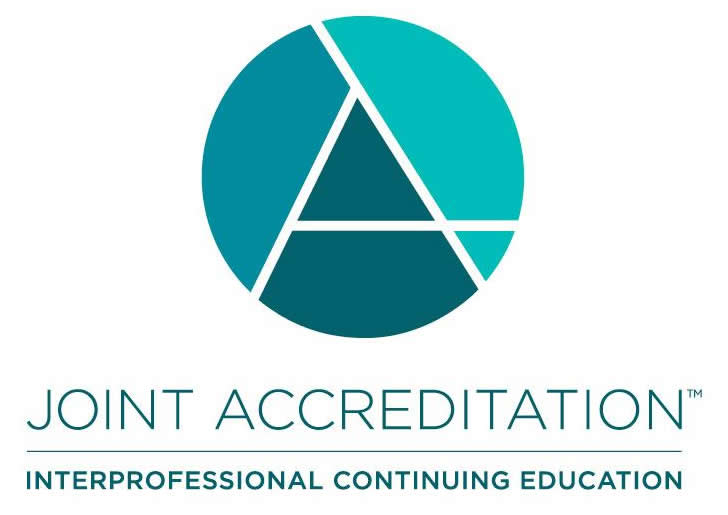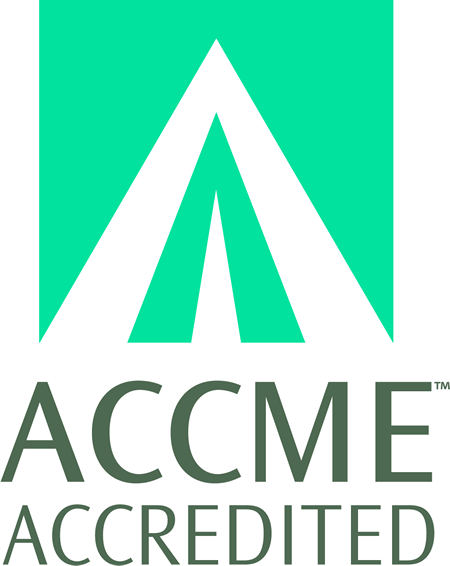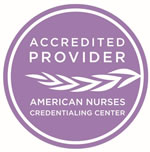
COURSE CREDITS & HOURS
16 AMA PRA Category 1 Credits™16 ACPE Credits
16.0 Contact Hours
2 Hours of Pharmacology for Nurse Practitioners
COURSE FEES
TARGET AUDIENCE
PROGRAM PURPOSE
- Update in C. difficile Colitis
- Articulate the growing epidemiological concern of C. difficile colitis
- Identify and treat mild, moderate and severe cases of C. difficile colitis
- Describe novel treatments in the treatment of recurrent C. difficile colitis
- Update in the Assessment and Treatment of COPD Exacerbations
- Articulate the growing epidemiological concern of COPD
- Classify patients with COPD using the 2023 GOLD (Global Initiative for Chronic Obstructive Lung Disease) guidelines
- Describe treatments in the management of acute COPD exacerbation
- Update in the Management of Heart Failure Exacerbations
- Explain the impact of heart failure in the US
- Explain the evidence informing the 2022 AHA/ACC/HFSA Guideline for the Management of Heart Failure
- Hospitalists and the Opioid Epidemic
- State key statistics regarding the opioid epidemic in the US
- Articulate the drivers that contributed to the opioid epidemic
- Describe 7 key steps for safe prescribing practices
- Update in the Identification and Treatment of Sepsis
- Explain the impact of sepsis in the US
- Articulate the main recommendations of the 2021 Surviving Sepsis Campaign Guidelines
- How Hospitalists Drive Value in Patient Care
- Define value in healthcare
- Articulate the urgency to bend the cost curve
- Explain several evidence-based practical solutions to improve value in practice today
- How Hospitalists Drive Quality in Patient Care
- Articulate the patient and institutional impact on an early discharge initiative
- Strategize how to formulate quality improvement projects that impact patient care
- Recognize challenges to an early discharge initiative and other QI projects and develop adaptive strategies
- Update in the Management of Acute Liver Failure
- Explain the impact of acute liver failure in the US
- Apply the latest guidelines from the AASLD position paper on acute liver failure
- Describe when to refer patients for transplantation
- Medical Errors
- Describe the types of sentinel events the Joint Commission has identified
- Discuss what factors must be included in a root cause analysis in order for the Joint Commission to consider it
thorough
andcredible
- Evaluate the most common misdiagnoses
- Describe the prevalence of medical errors and factors that contribute to an increased risk that such errors will occur
- Litigation Stress
- Discuss the typical physical and emotional reactions
- Discuss prevention strategies, including effective communication and documentation
- Learn to develop support systems and utilize privileged communications
- Discuss methods to cope with the pressure of a claim, develop a sense of perspective, and transform this into a growth experience
- Effective Communication and Conflict Management
- List principles of negotiation and communication
- Identify effective communication skills and techniques
- Sore Throats That Can Kill and Other Nightmare Emergencies
- Discuss the common, subtle, and key clinical findings of life-threatening ENT emergencies
- Interpret imaging studies required for prompt diagnosis
- Describe life-saving treatments and avoid pitfalls to help you to end the nightmare
- ENT Tricks of the Trade
- Review head and neck emergencies along with high-yield procedures
- Discuss treatment options for these emergencies
- Describe procedures to treat head and neck complaints
- Violence in the Medical Setting
- Evaluate and Learn to deal with your own stress, anxieties, and emotions when confronted with these challenging situations
- Develop strategies to promote safety, security, and dignity for all involved
- Identify how we influence whether a crisis is prevented or escalates and how to respond properly and professionally during crisis moments
- Implement practical skills and techniques to protect yourself and your staff
- Combative, Convulsing, Agitated Patient
- Discuss the key high-risk presentations and documentation that is essential when caring for these patients
- Describe disease states that can cause patients to present to the ED in a combative, agitated state or seizing
- Discuss the appropriate use of sedation in the initial stabilization of combative patients
- Discuss the indications for, and pitfalls of, patient restraints
- Wellness for the Clinician
- Discuss characteristics of resilience
- Discuss actionable items to developing a less hostile environment o Discuss what Medicine can do to support our clinicians

























